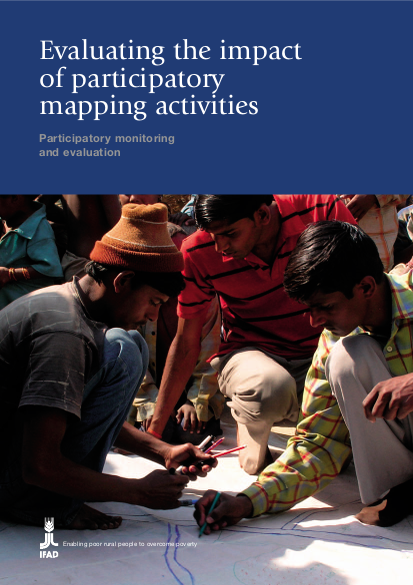
What is participatory monitoring and evaluation (M&E)? Participatory M&E refers to a process in which the primary stakeholders of any development intervention (e.g. communities covered by a programme or project) are actively involved in examining whether the programme or project has achieved its objectives (i.e. evaluation), or whether it is progressing in the right direction (i.e. monitoring). It is being used more and more for a number of reasons that include: an increasing trend in management circles towards ‘performance-based accountability’ with greater emphasis on achieving results; a growing demand for demonstrated impact/ success due to limited donor funds; increasing decentralization of authority calling for new forms of oversight to improve transparency; and stronger capacities and experiences of non-governmental and community-based organizations as decision makers and implementers (Estrella et al. 2000). The involvement of communities in participatory M&E has many distinct advantages. It can provide better insights about the dynamics of project implementation, and generate useful information about the roles of key local stakeholders and how local resources are used. In addition, it helps foster a sense of ownership among local people with regard to the outcomes. This in turn enhances the prospects of sustainability of an initiative. Feedback obtained from communities about the strengths and limitations of a project can also help improve the design of interventions.